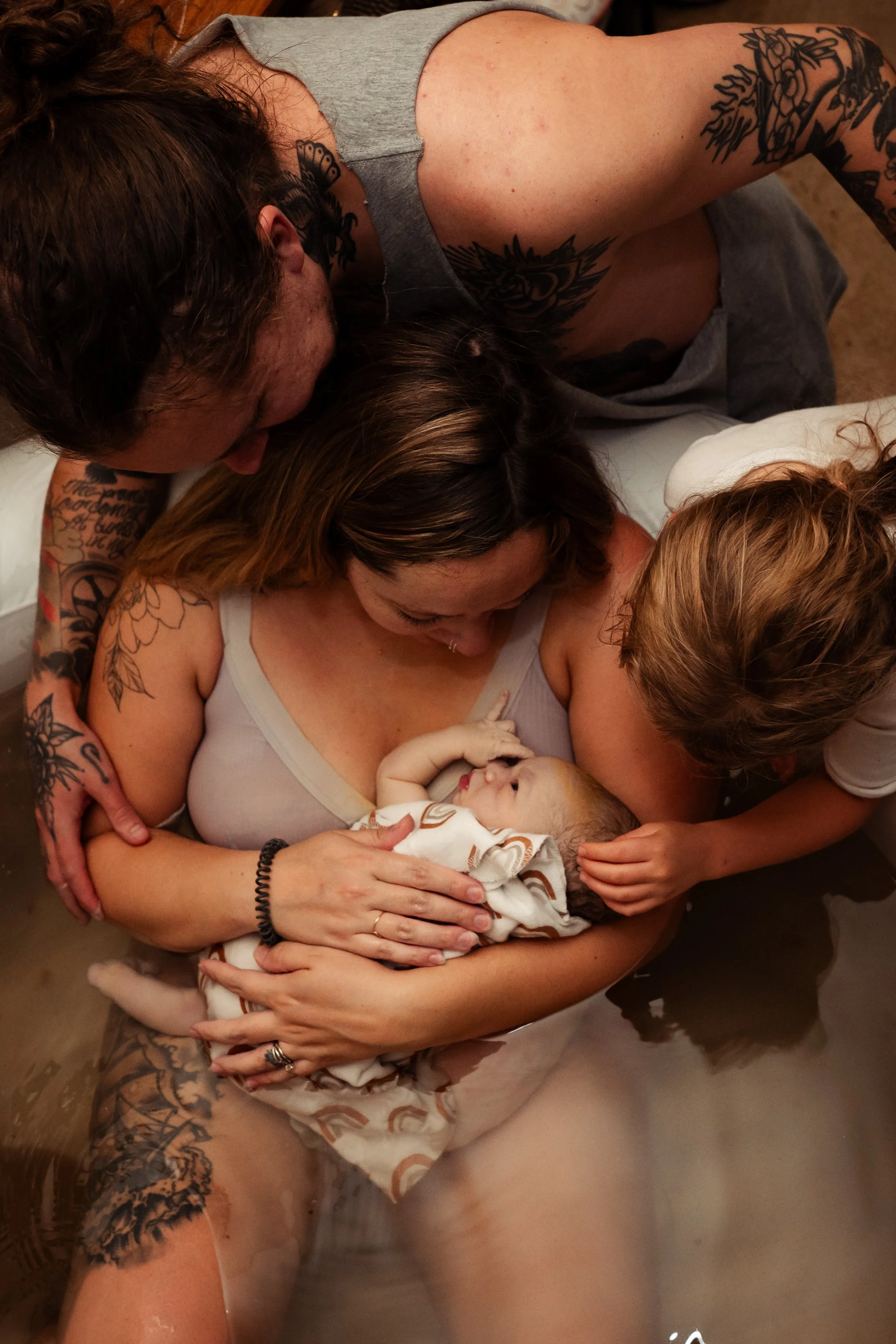Water Birth: What the Latest Research Tells Us About Safety and Outcomes
For many parents, the idea of giving birth in water feels inviting, soothing, calming, and a little bit magical. The image of being surrounded by warm water while meeting your baby for the first time is powerful. But water birth has also been debated: Is it safe? Are there hidden risks? What does the research really say?
A new systematic review and meta-analysis published in the American Journal of Obstetrics & Gynecology in 2024 pulled together evidence from 52 studies and hundreds of thousands of births to help answer these very questions. As a birth doula and childbirth educator, I want to unpack the findings in plain language, so you can decide if water birth is something you want to explore.
What the Research Looked At
Researchers reviewed outcomes from both randomized and observational studies. In total, they looked at hundreds of thousands of births around the world. They focused on outcomes that matter most to parents and providers: infections, bleeding, NICU admissions, Apgar scores, and cord complications.
What the Numbers Say
The 2024 AJOG systematic review pulled together all the data and here’s what they found:
Infection: In more than 113,000 births, water birth did not increase the risk of maternal infection. Infection rates were very low in both groups (less than 1%) and there was no meaningful difference between water and land births.
Postpartum hemorrhage: Across nearly 150,000 births, people who gave birth in water had about a 20% lower risk of hemorrhage. On land, postpartum hemorrhage occurred in about 4–6% of births; with water birth, that number was closer to 3–5%.
Newborn Apgar scores: In over 166,000 births, babies born in water had a 30% lower chance of having low Apgar scores at 5 minutes. For land births, low Apgar scores happened in about 1–1.5% of babies; for water births, it was closer to 0.7–1%.
NICU admissions: Looking at nearly 288,000 births, babies born in water were about 40% less likely to need NICU care. Among land births, around 5–7% of babies required NICU admission, compared to 3–4% of babies born in water.
Newborn infections: In over 53,000 births, babies born in water had about a 36% lower risk of infection. Rates were low overall, with about 0.3–0.5% of land-born babies showing infection, compared to about 0.2–0.3% for water-born babies.
Aspiration/resuscitation: Among 181,000 births, babies born in water were about 40% less likely to need resuscitation for aspiration. In land births, aspiration requiring help occurred in about 0.8–1% of babies, compared to 0.4–0.6% in water births.
Cord avulsion: This was the one area where water birth carried more risk. In around 90,000 births, cord avulsion was about 75% more common in water births. But the overall numbers were still very low: cord avulsion occurred in about 0.2–0.4% of land births and 0.4–0.7% of water births.
Severe perineal tears (anal sphincter injuries): The review found no increased risk of these serious tears with water birth. Rates were rare in both groups (generally under 2%).
Other perineal lacerations: More minor tearing rates were similar between water and land births, affecting about 40–60% of births in both groups (which is very common in all vaginal births).
Newborn sepsis (serious infection): Babies born in water were not more likely to develop sepsis compared to land births; rates were extremely low (well under 1% in both groups).
Newborn hospital readmission: Babies born in water were less likely to be readmitted in the days following birth, though exact percentages varied by study and setting.
Neonatal mortality (death within 30 days): Most importantly, the review found no increased risk of newborn death after water birth compared to land birth. Death rates were very rare across both groups (well under 0.5%).
What This Means in Real Life
So what does all this data mean for someone actually considering a water birth?
Safety depends on the setting. A home birth, birth center, or hospital, with trained staff and clear protocols is very different from an improvised setup. Clean water, proper tub design, and monitoring are essential.
Preparation matters. Ask your provider how they handle water temperature, infection control, and what happens if you or your baby need to leave the tub quickly.
Cord care is important. Because the main increased risk is cord avulsion, providers need to handle the moment of lifting the baby from the water with extra care.
Comfort is a real benefit. Many people report that water helps them relax, manage contractions, and feel more in control of their birth experience. That’s harder to measure in numbers, but it matters just as much.
My Experience as a Doula in Denver
I’ve supported families who chose water birth, and the atmosphere can feel completely different. The water often brings a sense of calm, like the whole room takes a collective deep breath. Parents talk about how much relief they feel during contractions once they sink into the warm water.
I’ve also seen the flip side: the need to move quickly when things don’t go as planned. That’s why I always encourage families to ask about protocols and to feel confident in their team’s ability to pivot. A safe water birth comes down to the providers supporting you, their education, and how prepared they are for every outcome.
Questions to Ask Your Provider if You’re Considering a Water Birth
What are your protocols for water birth?
How do you keep the water clean and at a safe temperature?
How do you monitor the baby during labor and delivery?
What’s your plan if complications arise and I need to leave the tub?
How do you manage the delivery of the baby to reduce risks like cord avulsion?
Am I a good candidate for water birth based on my health and pregnancy?
Final Thoughts
Water birth isn’t for everyone, but it can be a safe and empowering option when done with the right support. The latest research shows that it doesn’t increase many of the risks most parents worry about, and in some cases, it may even lower them.
The most important piece is preparation: choosing a setting and a team that you trust, asking questions, and making sure you feel comfortable with the plan.
Birth is never one-size-fits-all. Whether you choose to labor or deliver in water, or not at all, what matters is that your choice feels informed, supported, and right for you.
Want to Learn More?
If you’re curious about water birth, or any birth options, and want guidance, support, and a calm presence by your side, I’d love to connect. As a birth doula in Denver and a childbirth educator, I support families through pregnancy, labor, and birth with warmth, evidence-based education, and hands-on care.
Whether you’re exploring a water birth in Denver, preparing your birth plan, or looking for childbirth education classes in Denver, you deserve to feel confident and informed every step of the way!
✨ Inquire here to learn more about working with me and how personalized birth support and birth classes in Denver can make your journey smoother and more empowering!
References
McKinney J, Craven C, McClure EM, et al. Water birth: a systematic review and meta-analysis of maternal and neonatal outcomes. American Journal of Obstetrics & Gynecology. 2024;230(5):459.e1–459.e21. doi:10.1016/j.ajog.2023.08.029


